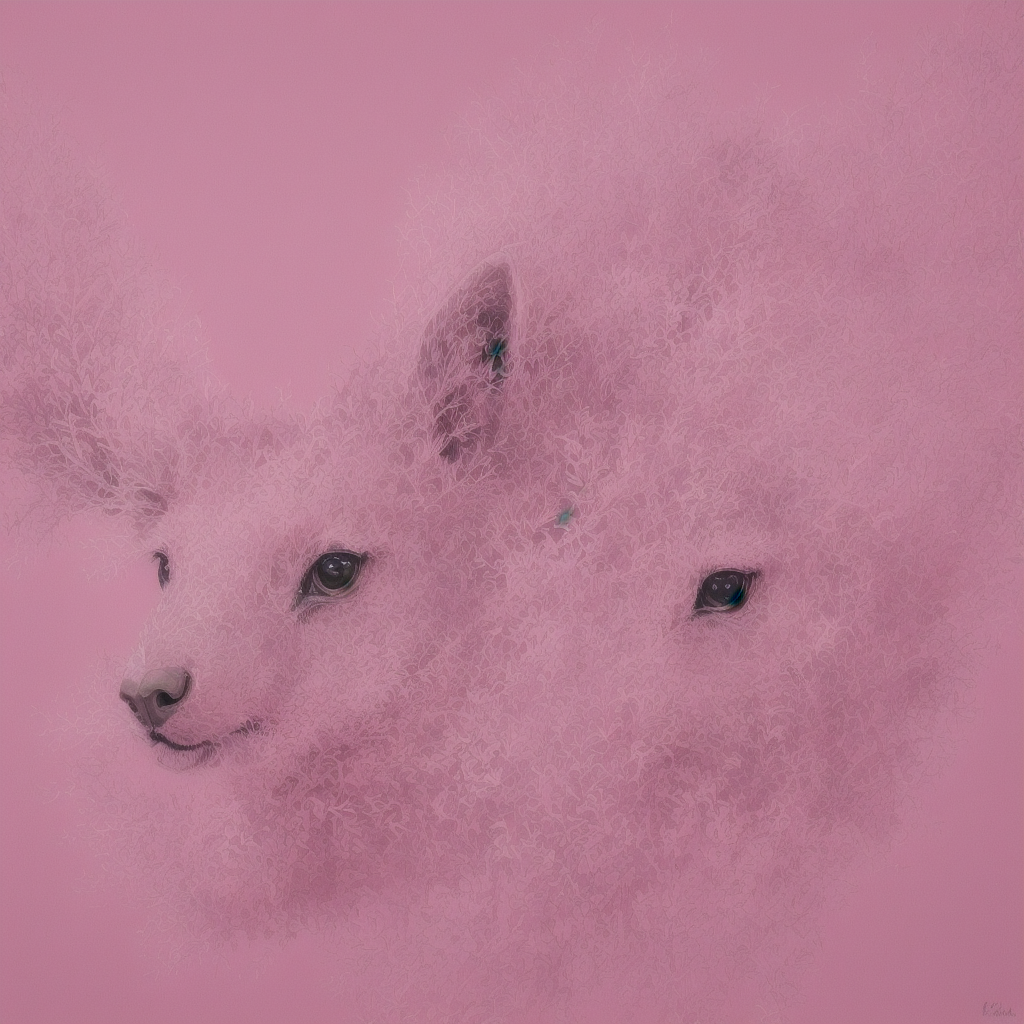Michelangelo and the color Pink

Pink may seem like a delicate and gentle color, but in the hands of Michelangelo, it was transformed into a powerful and impactful tool to convey deep emotions and symbolism in his artwork. While Michelangelo is more commonly associated with his masterpieces in marble and frescoes, his use of the color pink also deserves recognition for its significance in his artistic vision.During the High Renaissance period in which Michelangelo lived and worked (late 15th to early 16th century), artists mainly focused on using a naturalistic color palette to depict the human form and create realistic environments. Pink was not a color typically associated with the grandeur and seriousness of religious or mythological subjects that were predominant in art at the time. However, Michelangelo saw the potential of pink to convey a range of emotions and add subtlety to his compositions.Michelangelo's use of pink was particularly notable in his fresco painting "The Delphic Sibyl" in the Sistine Chapel. In this artwork, the Sibyl is draped in a flowing pink robe that symbolizes femininity, intuition, and spirituality. The soft and ethereal quality of the pink color enhances the mysterious and otherworldly nature of the Sibyl, emphasizing her connection to prophecy and divine knowledge.In terms of artistic technique, Michelangelo often used pink as a harmonizing color to create visual balance and contrast in his compositions. By strategically placing pink hues alongside other colors such as blues, greens, and browns, he was able to create dynamic and vibrant color schemes that drew the viewer's eye and evoked emotional responses.Imaginatively, Michelangelo's use of pink can be interpreted as a reflection of his own sensitivity and emotional depth as an artist. Pink represents a departure from the traditional expectations of the time, showcasing Michelangelo's willingness to experiment and push the boundaries of artistic expression. Through his use of pink, Michelangelo tapped into the emotional and psychological depths of his subjects, imbuing his artworks with a sense of intimacy and humanity that transcended mere visual representation.In conclusion, Michelangelo's unique approach to using the color pink in his artwork demonstrates his keen understanding of color theory, symbolism, and emotion. By infusing pink with meaning and purpose, he created a visual language that continues to captivate and inspire audiences to this day.